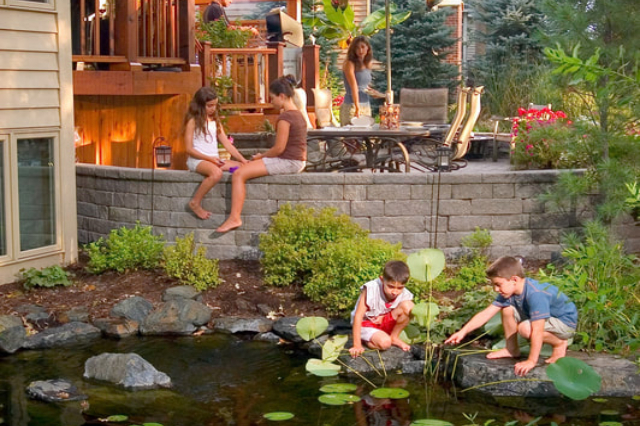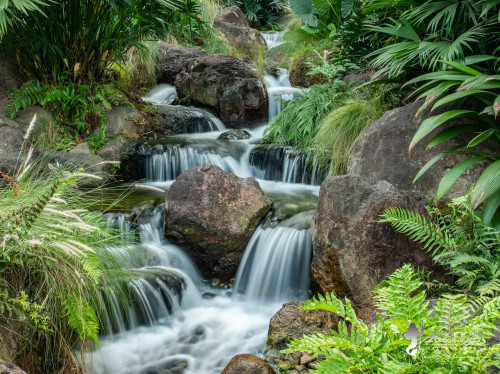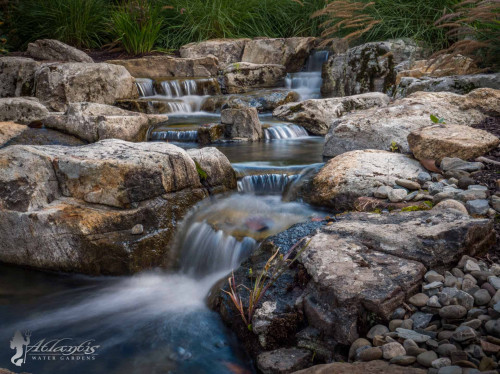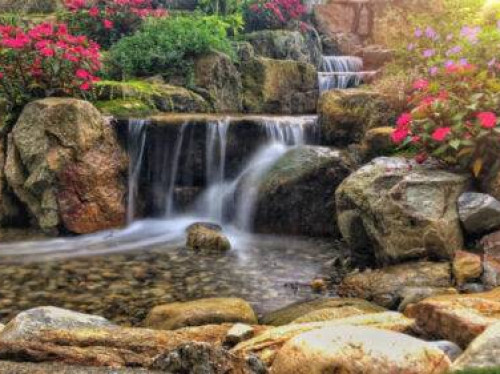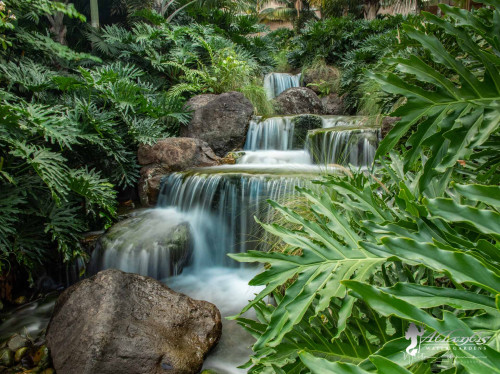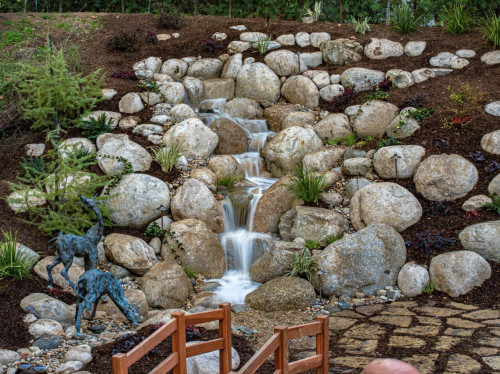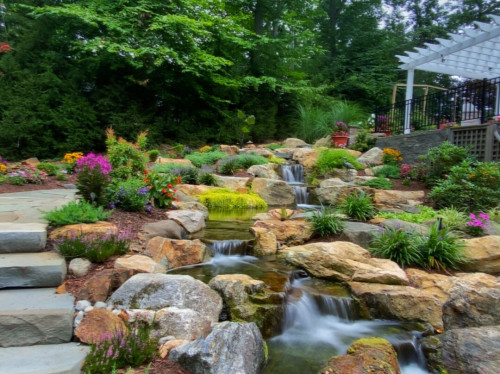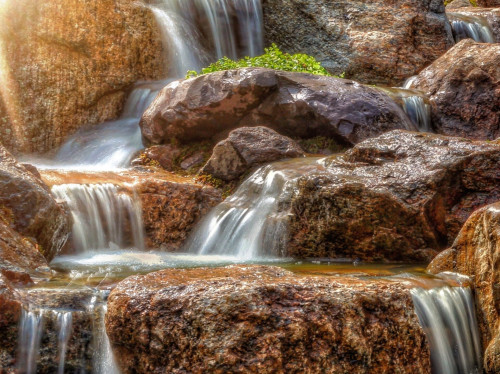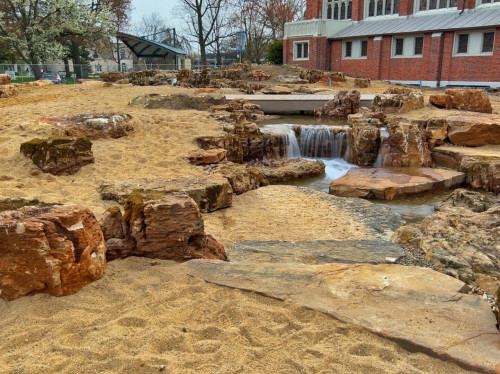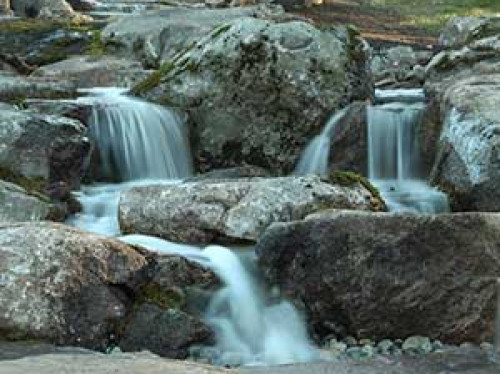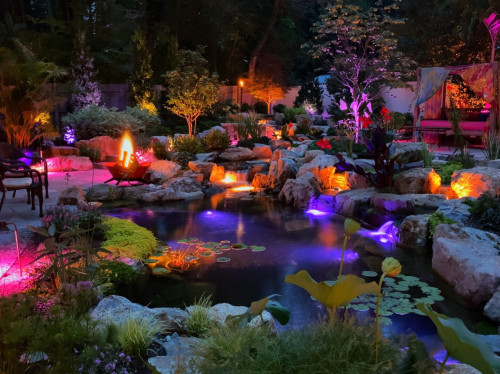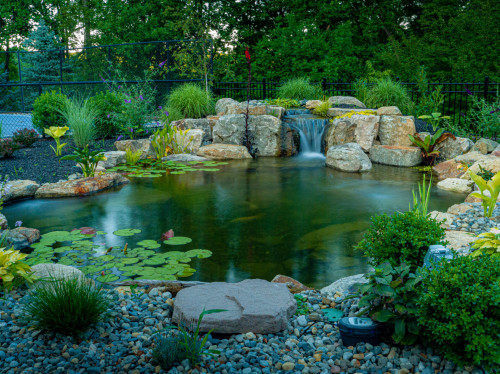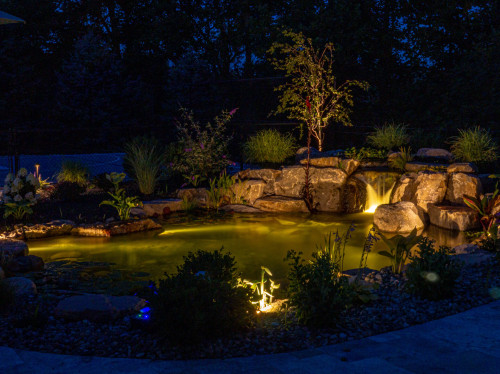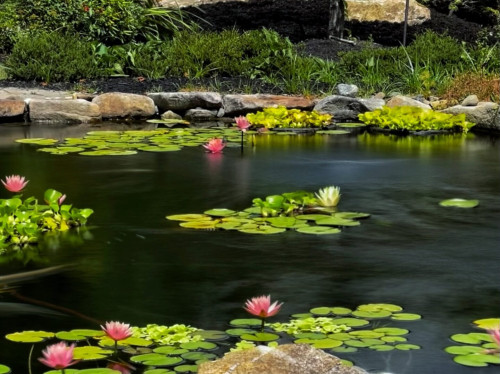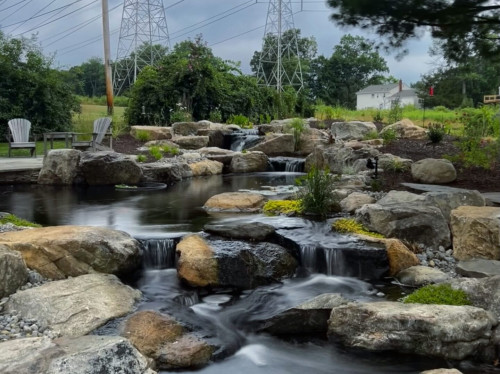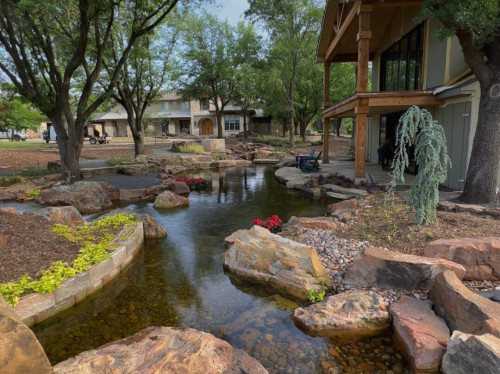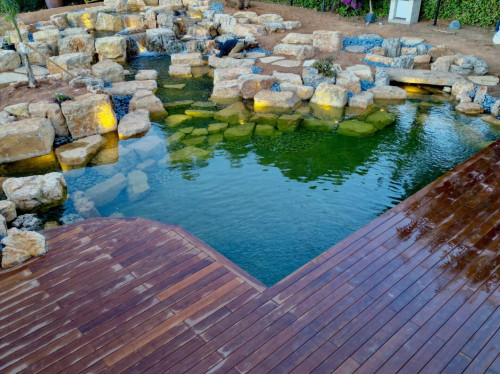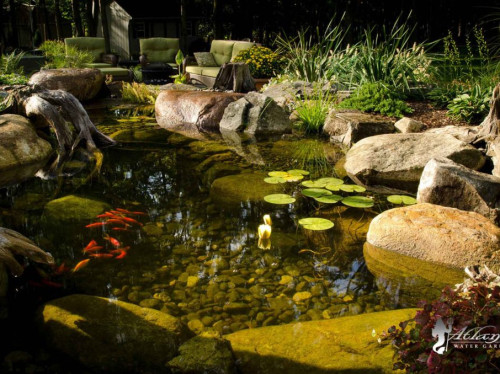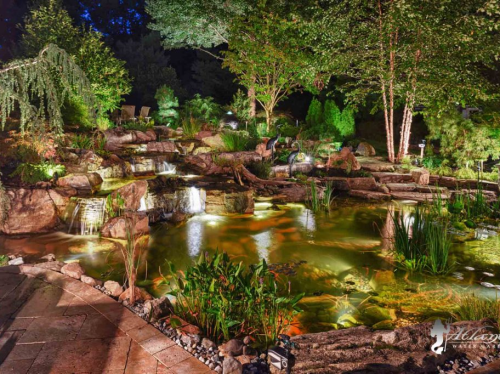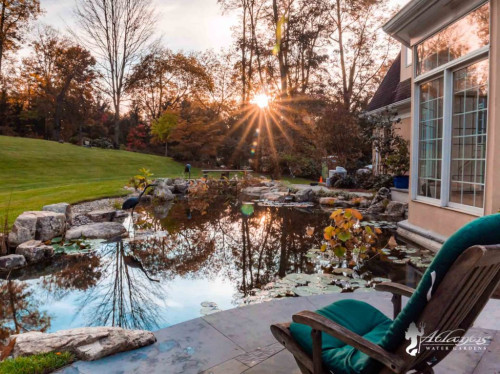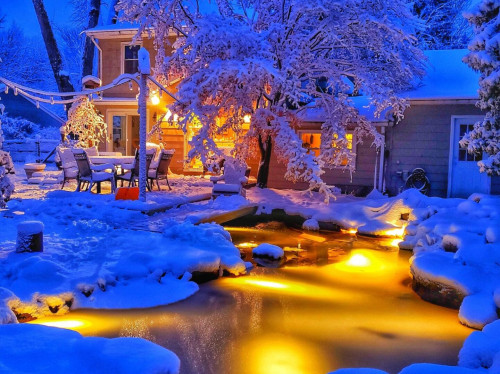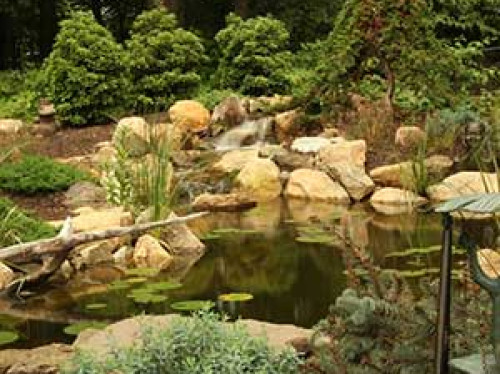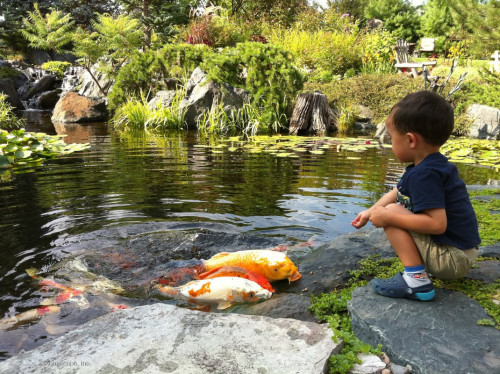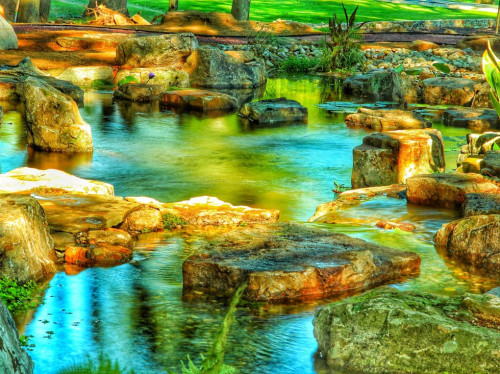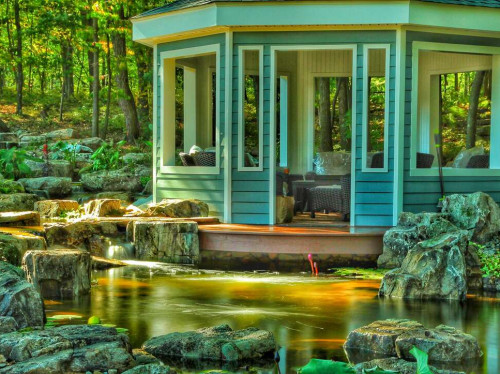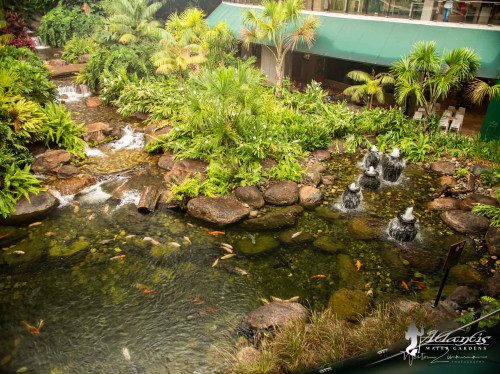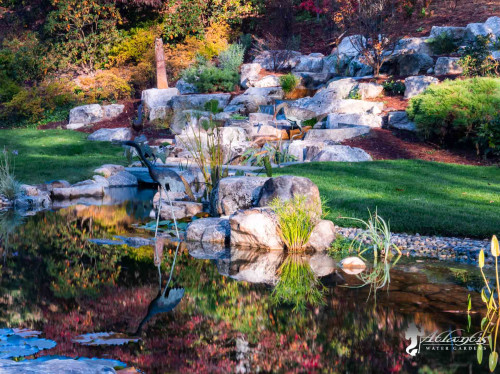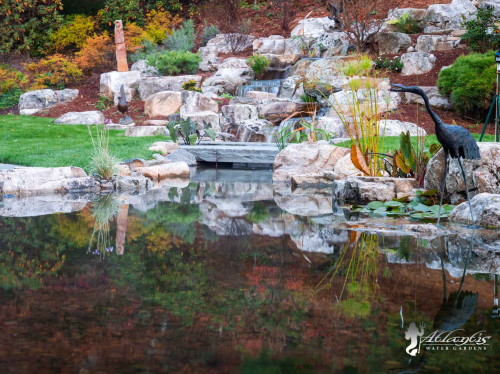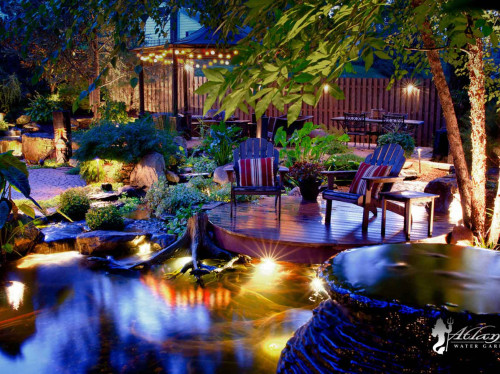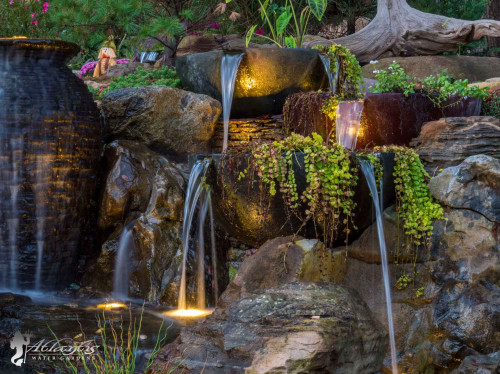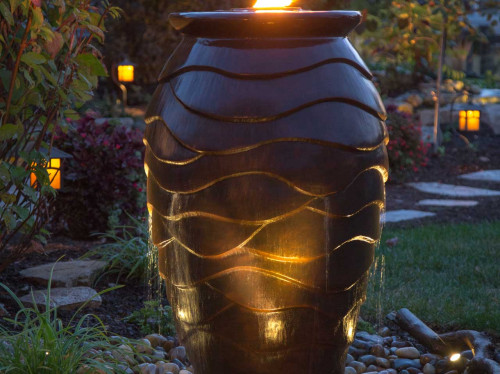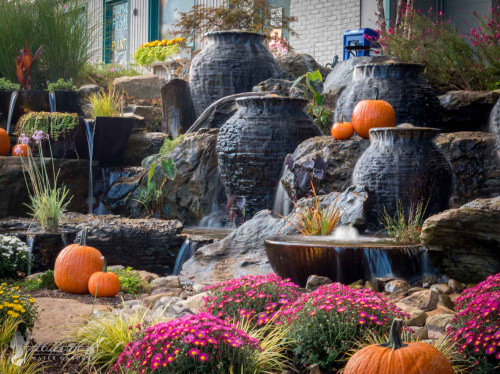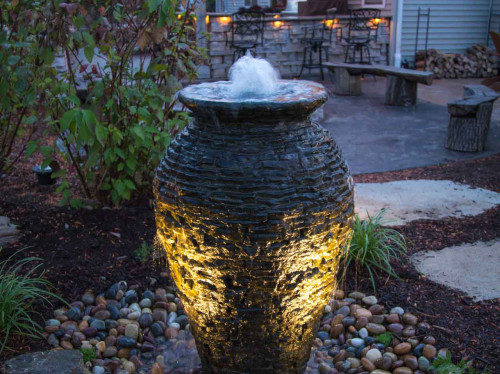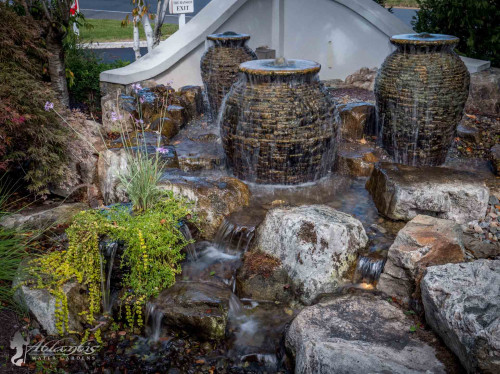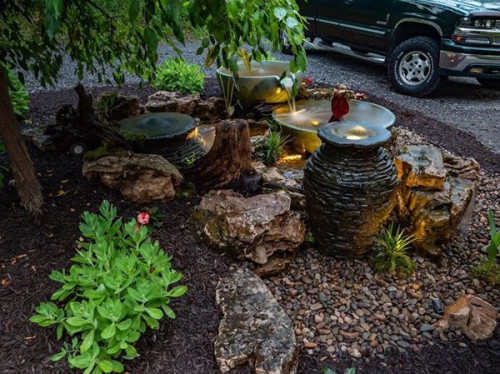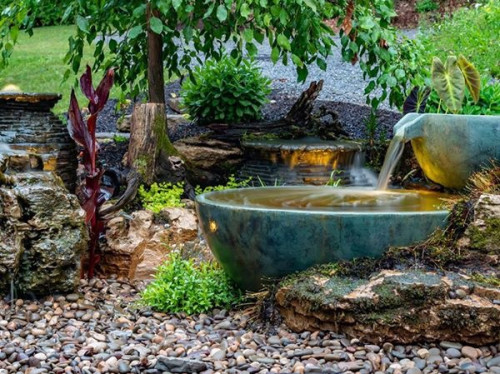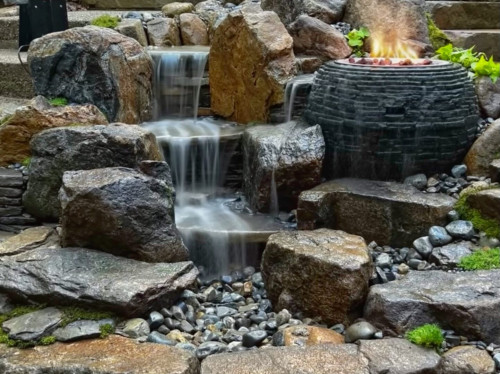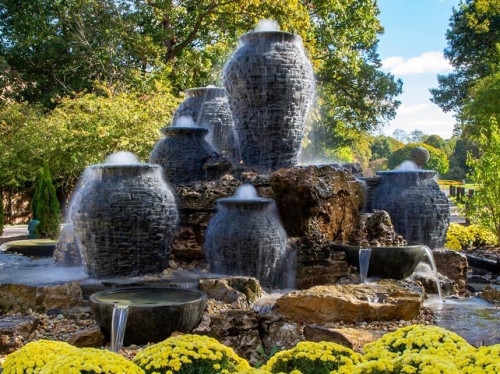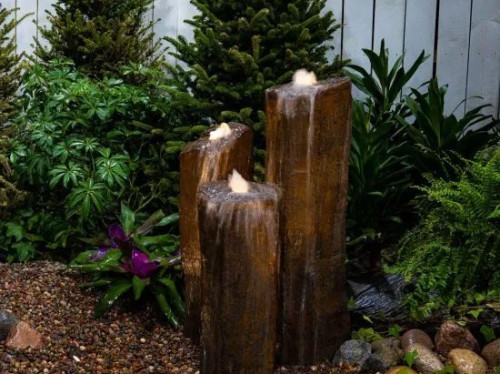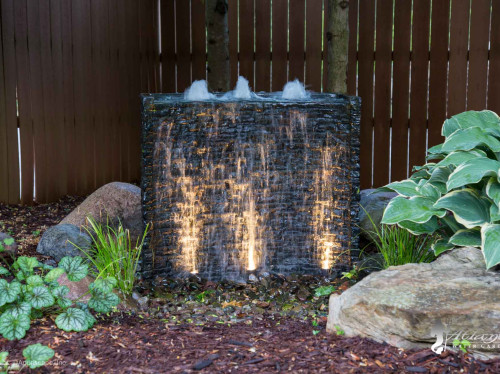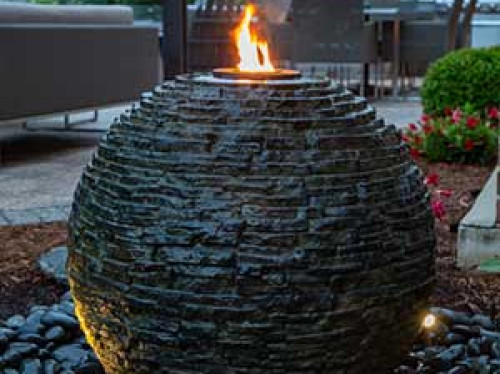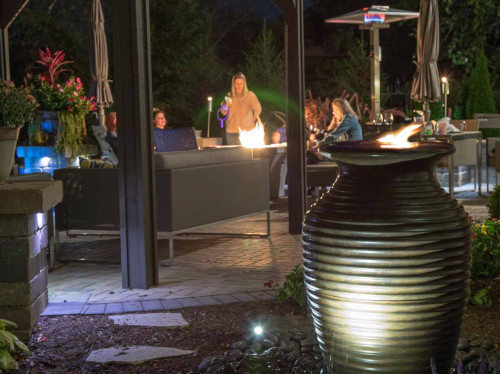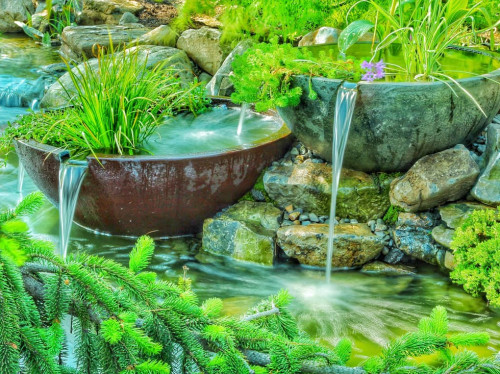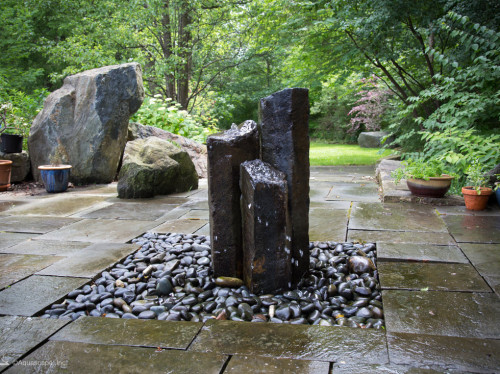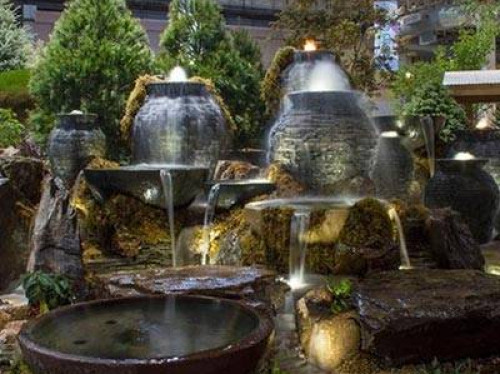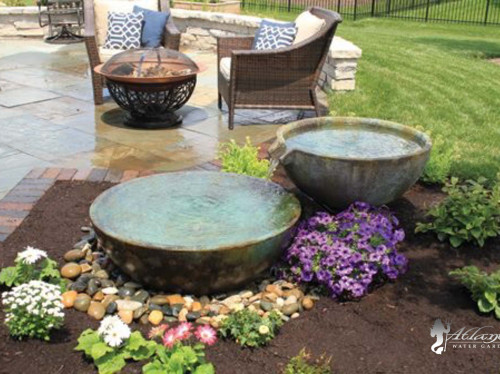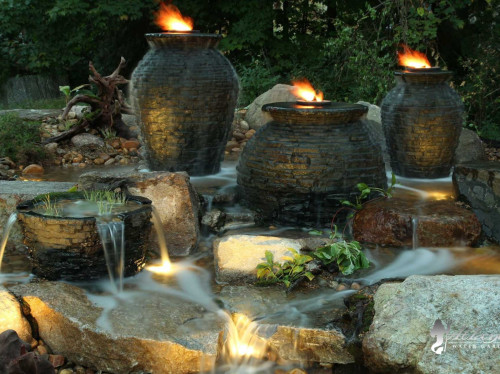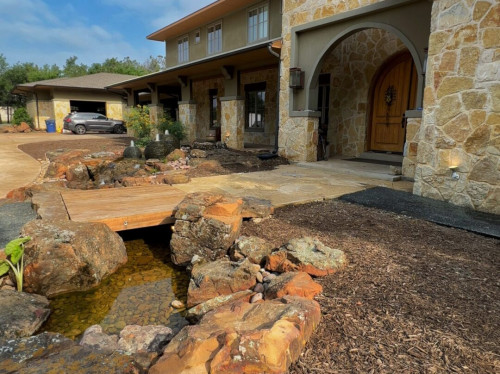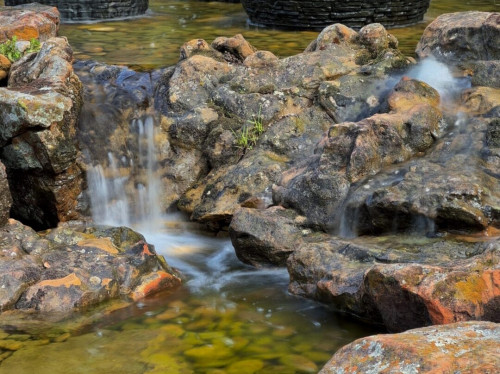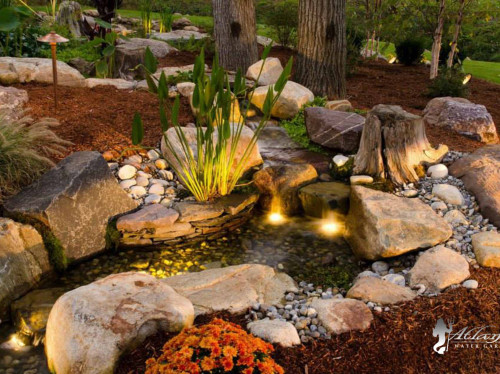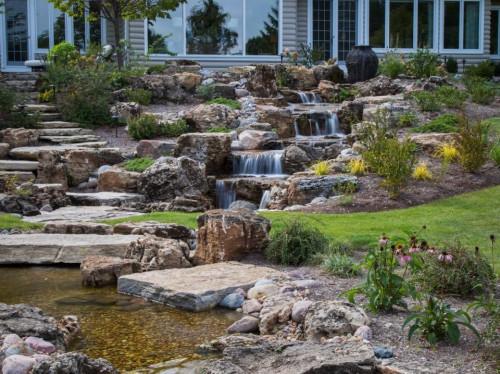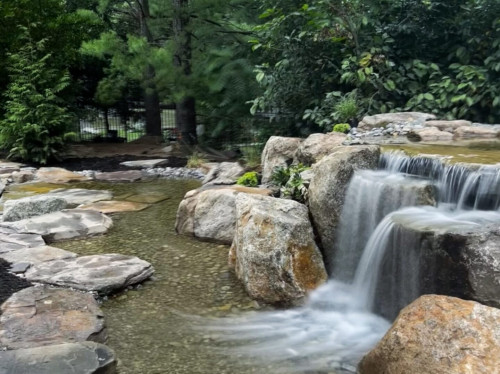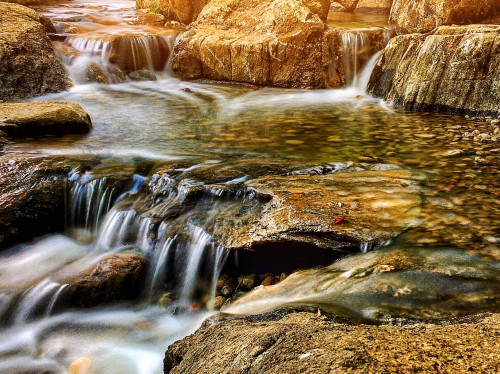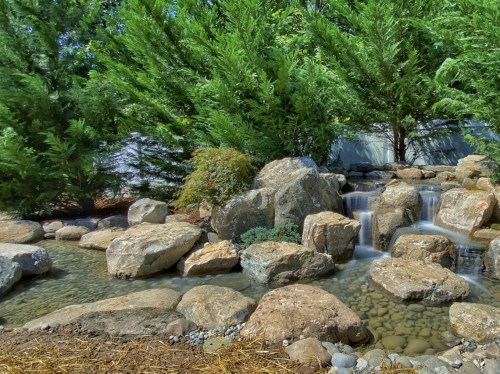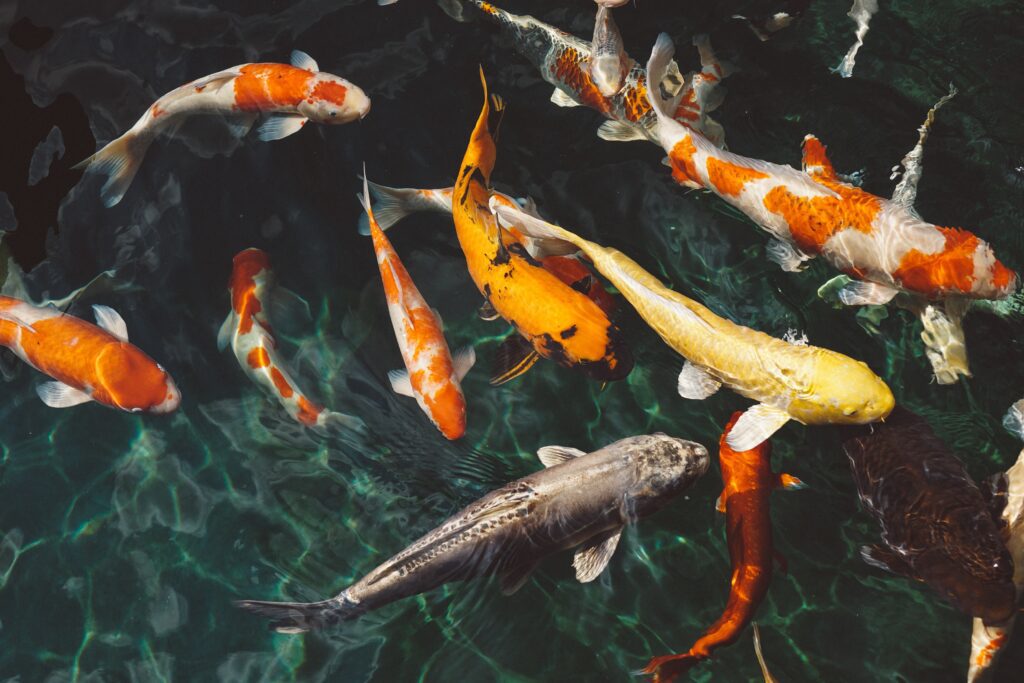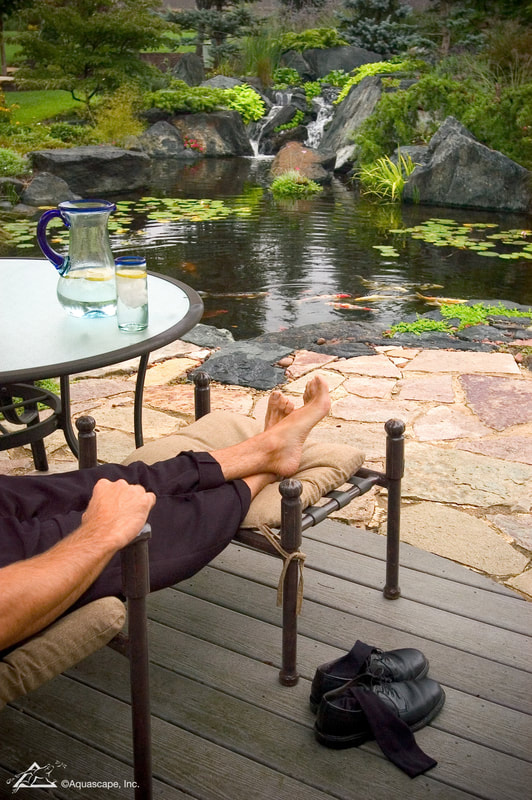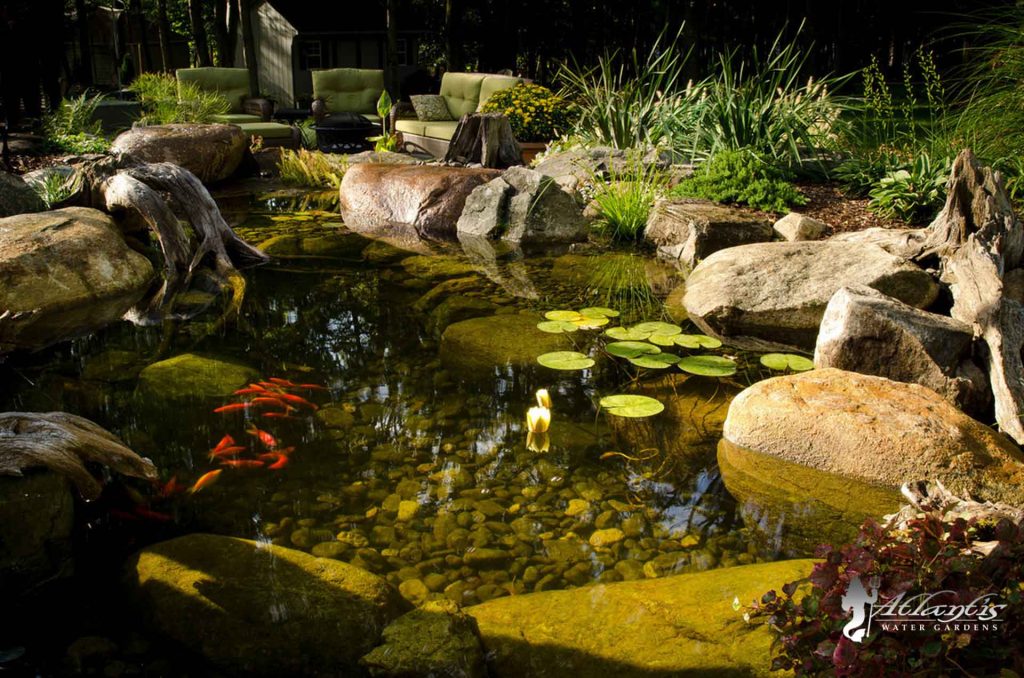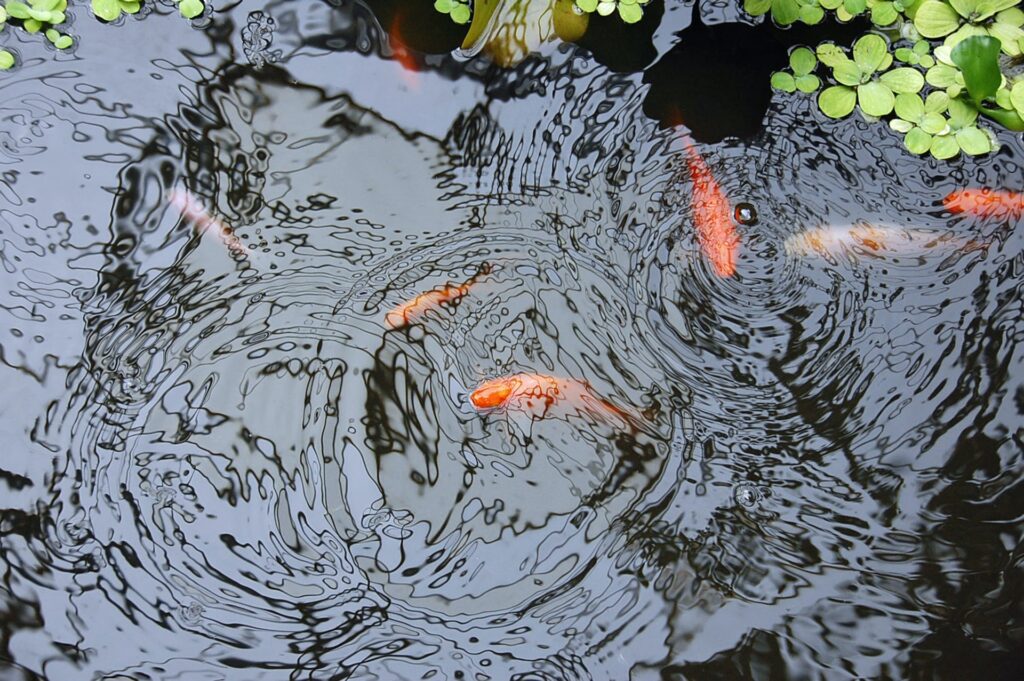Want to give your outdoor living space a facelift? Consider adding a recreational swim pond to it. A well-designed and properly installed recreational swim pond can turn your outdoor living area into an oasis where you can relax and unwind with your friends or loved ones after a hectic day at work.
What is a Recreational Swim Pond?
As the name implies, a recreational pond is a natural pond that can be used for recreational purposes such as swimming, paddling, and floating. Recreational swim ponds are designed to resemble natural water bodies with uneven contours, cascades, and stones and boulders.

Typically, they’re split into two sections: one section is designated for recreational activities such as swimming and paddling, while the other area is reserved for vegetation. The area designated for vegetation is typically less than or equal to one foot deep. The depth of the swimming section, on the other hand, can easily reach 6-8 feet at the deepest point.
The water in a recreational swim pond is filtered through layers of gravel. The plants in the pond also help maintain water quality. Because the water is filtered naturally, you need not add chlorine or other harsh chemicals to a recreational swim pond to maintain water quality.
A recreational swim pond features a wetland filter and several aeration jets to prevent the water from stagnating. Additionally, an intake bay traps and removes surface debris before it can settle at the bottom of the pond.
Benefits
Recreational swim ponds are natural ponds and hence do not harm the environment. No wonder more and more homeowners are choosing them over traditional swimming pools. With a recreational swim pond, you can enjoy nature in your own backyard while reducing your carbon footprint.
Here are some compelling reasons to add a recreational swim pond to your outdoor living area.
Ease of Maintenance
Recreational ponds demand much less upkeep than traditional swimming pools. To maintain your recreational pond, simply prune the plants in it and regularly remove any leaves that fall into the water. That’s pretty much it! The planted water processing bed does most of the heavy lifting, ensuring the water remains clean throughout the year.
Should you choose not to use your pond during the colder months, close it before winter arrives. Add flag irises and water lilies to your pond. In addition to beautifying your pond, these plants can help regulate phosphate and nitrate levels in the water, so your pond remains algae free.
Conversely, maintaining a swimming pool can be a laborious, costly, and sometimes complex task. Traditional swimming pool maintenance involves adding chemicals to maintain pool water pH, filter cleaning, skimming leaves, raking, vacuuming, and scrubbing tiles at the water’s edge. These physically demanding tasks can leave you feeling exhausted.
Recreational Swim Ponds Cost Less to Maintain
While the initial cost of a recreational swim pond in Summit, NJ might be somewhat higher than that of a conventional swimming pool of the same size, you will save on maintenance in the long run. Unlike traditional pool liners that need to be replaced at frequent intervals, the liners of recreational ponds don’t require replacement. You need not add chemicals to your recreational swim pond or test its water quality regularly. Also, recreational swim ponds do not need a constant supply of electricity to run as they do not use skimmers, filters or heaters.
Recreational swimming pool maintenance is a less costly affair than traditional pool maintenance. Some estimates suggest that natural pond owners spend about $500 less annually on maintenance than those with swimming pools.
Fewer Mosquitoes and Other Insects
With a recreational swim pond, you will have fewer mosquitoes and other insects in your garden. Insects, especially mosquitoes breed in stagnant water. Installing a recreational swim pond with circulating water in your garden is a great way to stop mosquitos from breeding in your backyard. Given that many fish eat mosquito and insect larvae, you can add different types of fish to your pond to control mosquito population.
Recreational Swim Ponds Positively Impact the Environment
Installing a recreational pond in your backyard is an excellent way to draw wildlife to your garden. Recreational swim ponds support local ecosystems. They provide water and shelter for pollinators including bees, birds, beetles, wasps, and butterflies. Because the water of a recreational swim pond isn’t treated with chemicals, it does not pollute nearby water bodies.
Also, recreation swim ponds use much less water than traditional swimming pools.
Health Benefits
Chlorine is added to traditional swimming pools to kill germs that can affect swimming pool water quality and chemistry rendering the water unfit for swimming. Chlorine can irritate the eyes, skin, teeth and hair. Excess chlorine can disturb the pH level of swimming pool water and irritate the respiratory system.
The bacteria and plants in a recreational swim pond naturally filter its water, eliminating the need to add chemicals. So swimming in a recreational swim pond is perfectly safe. Studies have shown that spending some time close to a water body is a great way to reduce stress and blood pressure.
Aesthetic Appeal
A recreational pond can be designed to blend seamlessly with its surroundings so it does not stick out like a sore thumb. A well designed and properly installed pond can beautify your yard, turning your property into the jewel of the neighborhood.
The water treatment zones containing plants and banks covered with different types of natural stones can help create a natural appearance. While a swimming pool’s design can be tweaked to match the property’s architecture, it can’t replicate the authentic feel of a recreational pond.
Need help building the water garden of your dreams? Atlantis Water Gardens has you covered. Our professionals are located near Summit, New Jersey and have years of experience bringing customer visions to life. To make an appointment for a recreational swim pond, call 973-627-0515.
Take The Plunge!
Schedule a phone call and get to pick the brain of one of our experienced designers about your project Schedule My Call NowLovin’ It? Want more pics?
We got em. 🙂 Here’s some pretty photos you can look at to destress.

